By now, anyone who has ever worked on an SEO campaign must have heard of Google SERPs. These are the results that appear when a keyword is searched for on Google or any other search engine.
There are two types of results in the SERPs: paid results and organic results.
The results that appear in a search engine are divided into two broad categories:
Paid search results. These are those for which you pay to have certain keywords appear. They are called Adwords and can appear on the left or right side of the page.
Organic search results. The results that appear when you search for something without investing money in it.
Paid results are always different from organic results, because you have to pay for them. However, there is no guarantee that your organic listing will be near the top of the list when someone searches for your site (or even show up).
Click-through rate is an important ranking signal.
Click-through rate is an important ranking signal in Google Search. This means that it can help your site move up or down in the rankings.
This article explains what click-through rate is, how it is calculated and how you can use this information to improve your website's ranking.
What is the click-through rate?
Click-through rate (CTR) measures how many visitors click on a link on a search engine results page (SERP). This can be expressed as a percentage - for example, if 100 visitors click on a link in the SERP and 1,000 total visitors viewed the page, then your CTR would be 1%.
You may have noticed that some websites show two CTRs: one based on organic search results and one based on paid ads. This is not surprising because there are two different types of clicks that affect your CTR - paid ads (where you pay every time someone clicks on your ad) and organic clicks (where people visit your site by searching for specific keywords).
Google constantly changes the SERPs to show users what they want to see.
Google is constantly changing the SERPs to show users what they want to see. This means that if you want your website to remain relevant and competitive, you must constantly update your content.
For example, if you have a website about dogs, but you haven't updated it in two years, Google might think your site is outdated and not worth ranking. Therefore, if you want your site to rank well, you need to make sure it is up to date.
Here are some ways to make sure your site is kept up to date:
1) Create new content on a regular basis
2) Update old content where applicable.
3) Use keywords in title tags and meta descriptions.
You can increase click-through rates in paid search by using the right keywords, setting the right bids and writing compelling ads.
You can increase click-through rates in paid search by using the right keywords, setting the right bids and writing compelling ads.
Key words
Keywords are used to describe the products and services you are trying to sell. They are also used to trigger ads when users search for those terms on Google or Bing. You can use the Keyword Planner tool to find new keywords that may be relevant to your business.
Offers
Bids are the amount you are willing to pay when someone clicks on your ad. The higher the bid, the more likely your ad will appear when someone searches for a particular keyword. The lower your bid, the less likely someone will be to see your ad.
Text of the advertisement
Ad copy is what is displayed in an ad next to a search result on Google or Bing. It includes the headline and description of what you are selling, along with some visual elements such as an image or video (if applicable).
Organic results Google My Business listings
Organic results for Google My Business ads are ads that appear at the top of the SERP based on the relevance of your content to what is being searched for. To appear in the organic results, you must submit a Google My Business listing and keep it up to date.
The following factors contribute to a company appearing in the organic results:
- The address and telephone number are correct.
- Business hours are correct.
- It has opinions (positive or negative) from customers.
- Google has verified that your company is official (if applicable).
Rich snippets are a great way to make your content stand out.
Rich snippets can help you appear as a thought leader in your industry and position your website as an authority on the subject.
Rich snippets, such as stars and review snippets, are a way for search engines to show users information about your website in the SERPs. This helps searchers make more informed decisions about where to click, so it's important for marketers to understand how to create rich snippets and optimize their content for them.
Rich snippets vs. structured data markup
There are two main types of rich snippets: structured data markup and rich cards. Structured data markup is basically using schema.org markup on your website pages, which could include reviews, recipes or other types of information with a rating scale. Rich cards are similar, but allow you to add images or videos in the SERP snippet itself.
SERPs are an important part of how your business can be found online.
Ultimately, you have to remember that more than a billion searches are performed on Google every day - that's billions of people searching for information on the Internet in one way or another. That's billions of people searching for information on the Internet in one way or another. Can you afford to miss something because you didn't do everything you could? After all, you may not be as big as Target, Amazon or WalMart. But the time has come to accept that SERPs matter. We can't control what appears in the listings, but we can control whether or not we're there in the first place. And that starts with including keywords in the text and creating pages optimized for those keywords.




